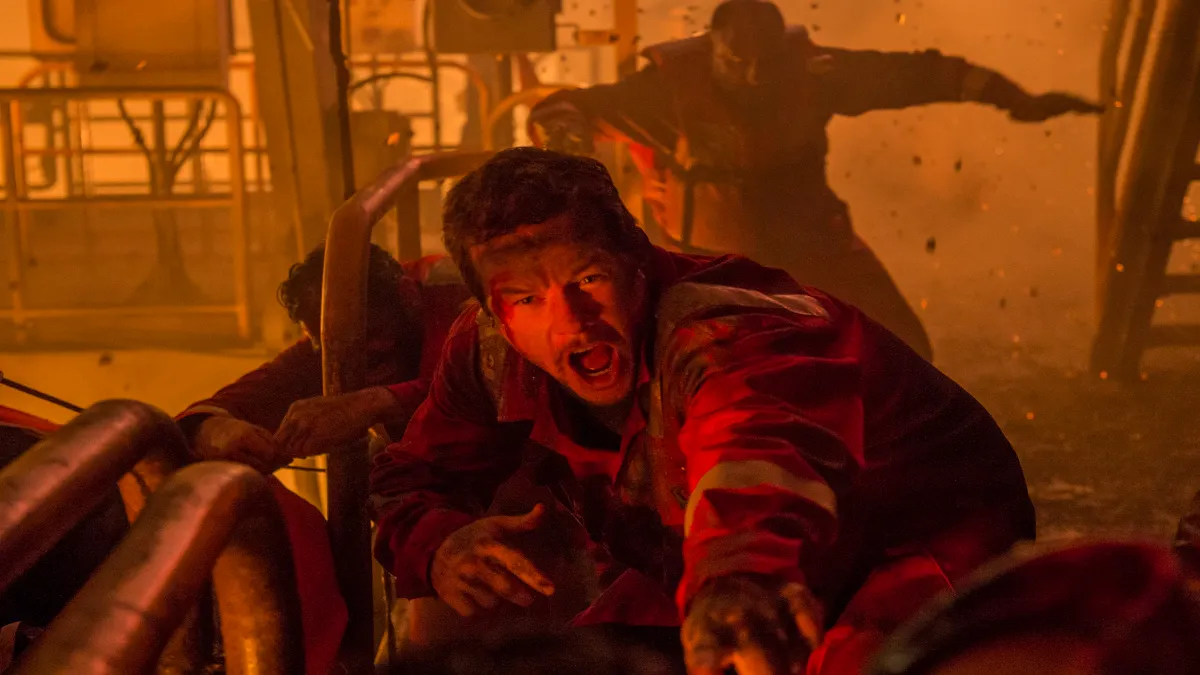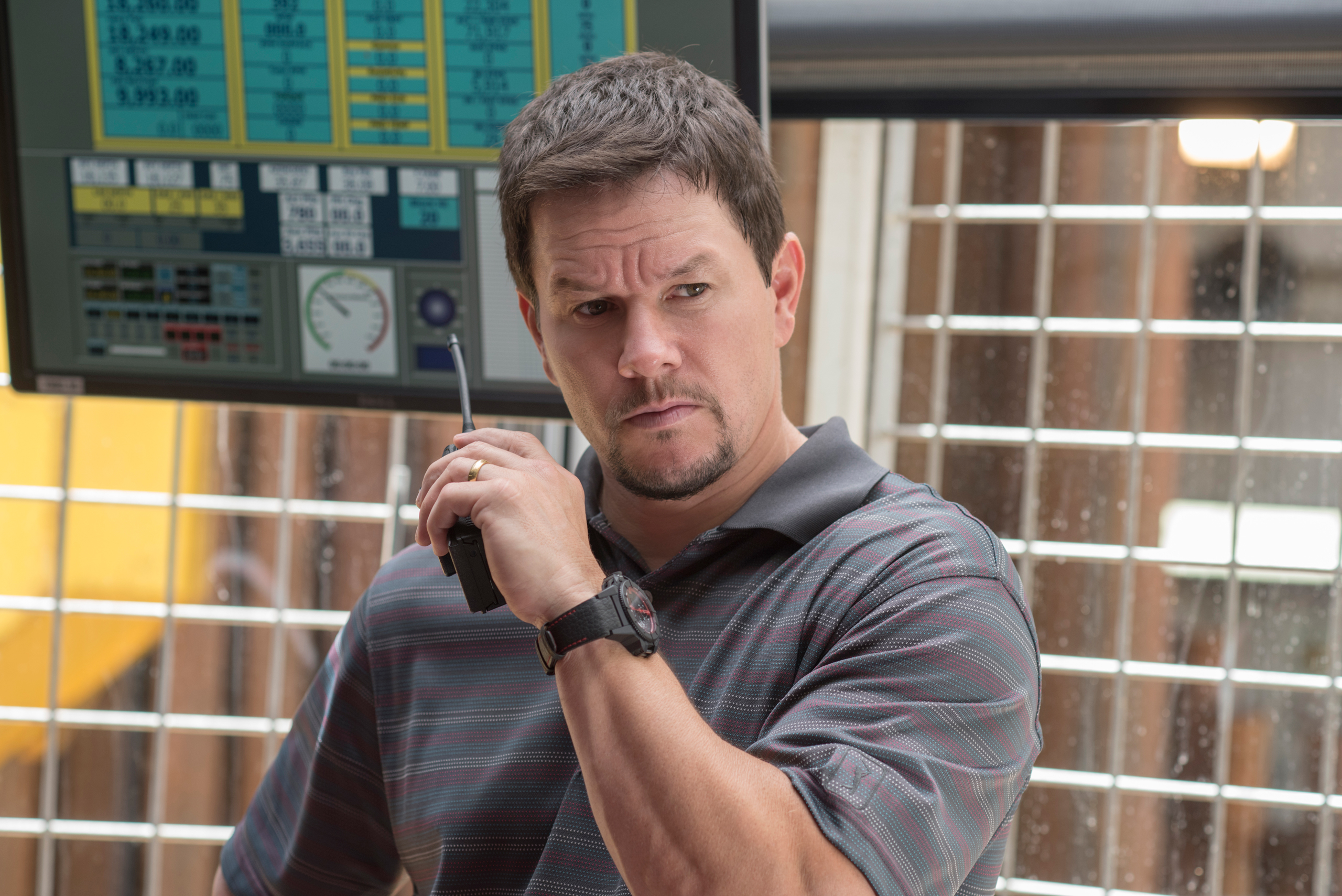
Advertisement
Filmmaker Peter Berg has carved a unique path in the industry, seamlessly transitioning between blockbuster crowd-pleasers and more intimate, thought-provoking narratives centered around recent American tragedies. Initially known for his work on high-octane action-comedies like “The Rundown” and gripping sports dramas such as “Friday Night Lights,” Berg’s collaboration with actor Mark Wahlberg marked a significant turning point in his career.
Together, Berg and Wahlberg embarked on a series of projects that delved into the complexities of physical and emotional endurance. While their films like “Lone Survivor” and “Patriots Day” have faced criticism for their historical accuracy, they undeniably grapple with weighty themes and showcase the duo’s ability to tackle stories with profound societal impact.
However, it was their collaboration on “Deepwater Horizon” in 2016 that truly solidified Berg’s reputation as a filmmaker unafraid to confront harrowing realities. The film offers a gripping and chilling portrayal of the catastrophic Deepwater Horizon oil spill, one of the most devastating environmental disasters in American history. Through meticulous attention to detail and powerful performances, Berg delivers a hauntingly realistic depiction of the human cost and environmental devastation wrought by the tragedy.

What is ‘Deepwater Horizon’ about?
“Deepwater Horizon,” inspired by a report in The New York Times by journalists David Barstow, David Rohde, and Stephanie Saul, vividly recounts the harrowing events surrounding the explosion of the semi-submersible drilling unit off the coast of Louisiana in 2010. Owned and operated by Transocean, the vessel was contracted by BP to drill in the Macondo Prospect field, setting the stage for a catastrophic chain of events.
At the heart of the narrative is Mike Williams, portrayed by Mark Wahlberg, a driller tasked with inspecting the drilling unit alongside Offshore Installation Manager James Harrell, played by Kurt Russell. Their alarm grows as they discover that safety precautions have been compromised, with critical employees sent home early, potentially endangering the entire operation.
Despite raising concerns to BP managers Donald Vidrine and Robert Kaluza, played by John Malkovich and Brad Leland respectively, about the lack of proper safety measures, their warnings are ignored. The decision to proceed with the assignment despite failed tests sets the stage for disaster. The subsequent failure of the cement job triggers a catastrophic series of explosions, turning the Deepwater Horizon into a scene of devastation and claiming the lives of 11 workers.
The aftermath of the explosion extends beyond the immediate tragedy, unleashing an environmental catastrophe of unprecedented scale. The massive oil spill, lasting over 87 days and releasing over 210 million gallons of oil into the Gulf of Mexico, wreaks havoc on the region’s biodiversity and ecosystem.
Despite legal proceedings against Vidrine and Kaluza for manslaughter, accountability remains elusive. BP and its staff evade full responsibility for the environmental devastation wrought by the explosion, leaving lingering questions about corporate accountability and the lasting impact of industrial negligence. “Deepwater Horizon” serves as a stark reminder of the human and environmental cost of prioritizing profit over safety and the urgent need for robust regulatory oversight in the oil and gas industry.

Who should be blamed for the ‘Deepwater Horizon’ explosion?
While “Deepwater Horizon” provides a gripping portrayal of the events leading up to the disaster, it simplifies the complex web of factors that contributed to the explosion. The film’s depiction of John Malkovich’s character as the primary antagonist overlooks the broader organizational failures and culture of anti-science rhetoric within BP that played a significant role in the crisis. In reality, federal officials identified systemic issues within BP’s operations, highlighting a failure to prioritize safety and heed warning signs.
The film’s narrative also attributes certain decisions and actions solely to Malkovich’s character, Donald Vidrine, which may not accurately reflect the full extent of consultation and decision-making processes involved. Federal investigations suggested that BP managers may have consulted offsite experts during the early stages of the crisis, a detail not depicted in the film.
Additionally, the portrayal of Andrea Fleytas, played by Gina Rodriguez, as having to fight to sound an alarm misrepresents the real events. Fleytas testified that she was allowed to sound the warning alarm but was overwhelmed by the chaos and failed to do so. This nuance underscores the chaotic and high-pressure environment onboard the rig during the critical moments leading up to the explosion.
Despite these discrepancies, BP faced significant legal and financial repercussions for its role in the Deepwater Horizon disaster. The company settled for a substantial charge of $20 billion for environmental damage and an additional $4 billion for criminal activity, reflecting the gravity of its actions and the devastating impact on the environment and local communities. “Deepwater Horizon” serves as a reminder of the need for rigorous safety protocols and corporate accountability in high-risk industries.
